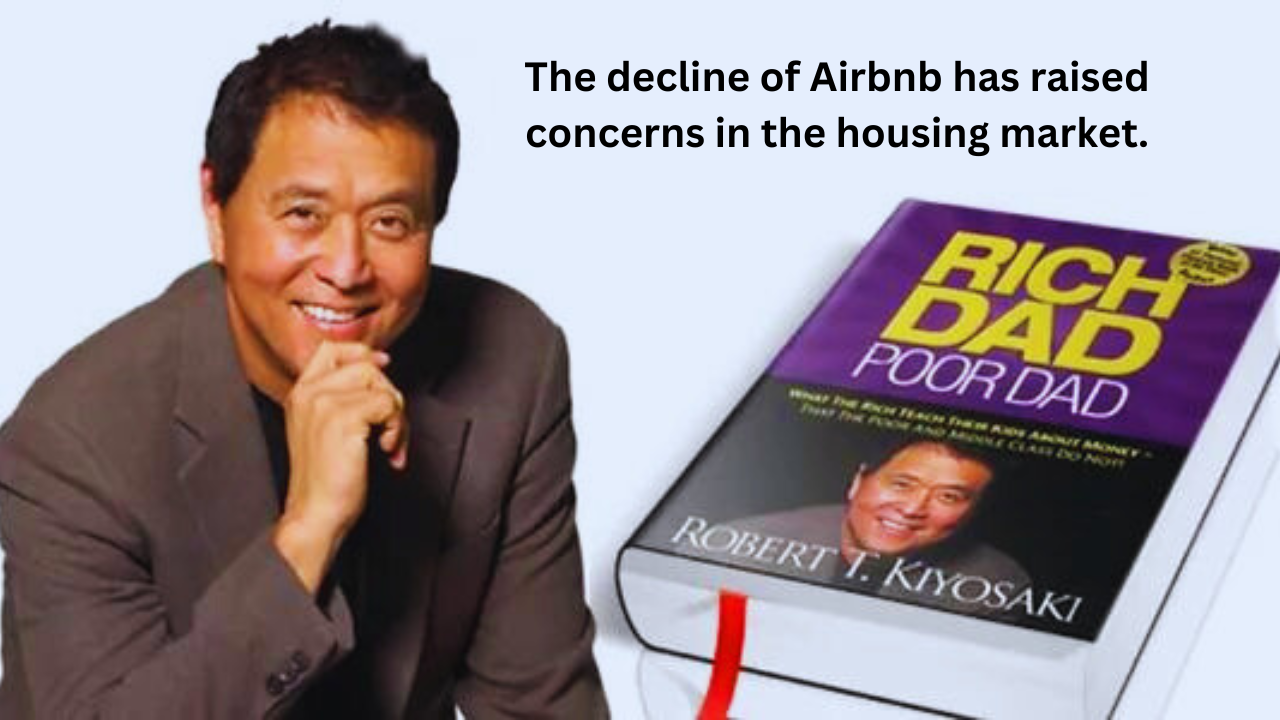
The July CPI report indicates that the estimated inflation rate has increased by 3.2%
In July, the Consumer Price Index (CPI) rose by 3.2% compared to the same period last year, which is slightly below expectations. The Core CPI, which excludes volatile food and energy prices, increased by 0.2% for the month and stood at a 4.7% annual rate, lower than the estimate. Both measures were up by 0.2% for the month.

July CPI report : Most of the monthly inflation growth was driven by shelter costs, which increased by 0.4% and were 7.7% higher than a year ago. Adjusted real wages for inflation rose by 0.3% this month, a bit less than 1.1% more than a year ago.
While inflation has climbed significantly above its 40-year high in mid-2022, it remains considerably above the Federal Reserve’s target of 2%.
The increase in July’s Consumer Price Index by 3.2% compared to a year ago suggests that inflation has somewhat loosened its grip on the U.S. economy.
According to the Labor Statistics Bureau, prices were seasonally adjusted to rise by 0.2% for the month, matching economist forecasts. While the annual rate was slightly lower than the 3.3% pre-estimate, it was higher than in June and represented the first increase of over a year.
Apart from volatile food and energy prices, the so-called core CPI also rose by 0.2% for the month, aligning with estimates, and the 4.7% annual rate, the lowest since October 2021. The annual rate for the core was also a bit lower at 4.8%, according to economist Dove Jones’ consensus.
Markets responded positively to the report, with the Dow Jones Industrial Average surging by over 200 points and Treasury yields mostly unchanged.
Sung Won Sohn, an economist at SS Economics and a professor of economics and finance at Loyola Marymount University, commented, “The mission isn’t accomplished yet, but there’s been significant progress on the inflation front. In terms of stability, the picture of inflation has improved considerably. Interest rate increases by the Federal Reserve will soon come to an end.
Nearly all of the monthly inflation growth was driven by shelter costs, which increased by 0.4% and were 7.7% higher than a year ago. Rents rose by 0.4%, with more than 90% of the increase coming from a sector that accounts for about a third of CPI weight.
Food prices increased by 0.2% for the month, and according to BLS, energy increased by only 0.1%. However, crude oil prices increased during the month, along with pump prices.
Used vehicle prices decreased by 1.3%, and healthcare services decreased by 0.4%. Airline fares fell by 8.1% this month, matching June, and were 18.6% lower than a year ago after rising during the early days of the Covid pandemic.
Principal asset manager BlackRock’s chief fixed income strategist noted, “While it’s fair to say that prices are still elevated in places like shelter and used cars, the trajectory of change is being watched, which is as exciting for policymakers as it is for consumers.” The global head of fixed income at BlackRock, a prominent asset management firm.
Controlled inflation levels have helped boost employee wages. According to BLS, real wages increased by 0.3% for the month, which was 1.1% more than a year ago.
Headline inflation rates, although below expectations, actually increased from 3% in June to 4.1% in the first quarter of 2023.
The latest data batch also indicates that while inflation has climbed considerably above its 40-year high in mid-2022, it is still considerably above the 2% level that the Federal Reserve is looking for, and is high enough that it could warrant a cut in interest rates. Near-term rate cuts aren’t likely.
Experts increasingly believe that despite aggressive increases in rates, the U.S. can avoid a recession. Bank of America, Goldman Sachs, and JPMorgan Chase all recently predicted that the probability of a downturn is decreasing.
In the first two months of 2023, total domestic production increased by 2% and 2.4%, respectively, and the Atlanta Fed is keeping an eye on the 4.1% growth in the third quarter. The labor market is slowing but still solid, and unemployment is at its lowest level since 1969.
Consumers are beginning to feel some stress and are quickly turning to credit cards and savings for their spending. According to New York Fed figures, credit card debt has surpassed $1 trillion for the first time this year.
However, more economists are starting to believe that despite aggressive rate hikes, the U.S. can avoid a recession. Bank of America, Goldman Sachs, and JPMorgan Chase have all recently forecasted that the likelihood of a downturn is decreasing, despite a split opinion in the public statements of policy-makers.
As we move into this week, regional Fed Presidents John Williams of New York and Patrick Harker of Philadelphia have both hinted that they may see an end to rate hikes eventually. Governor Michelle Bowman anticipates additional hikes, while her fellow governor Christopher Waller also mentions the possibility of additional hikes being necessary.
Whether the Fed does approve further rate hikes or not, it’s generally agreed upon that high rates could stay for some time.





